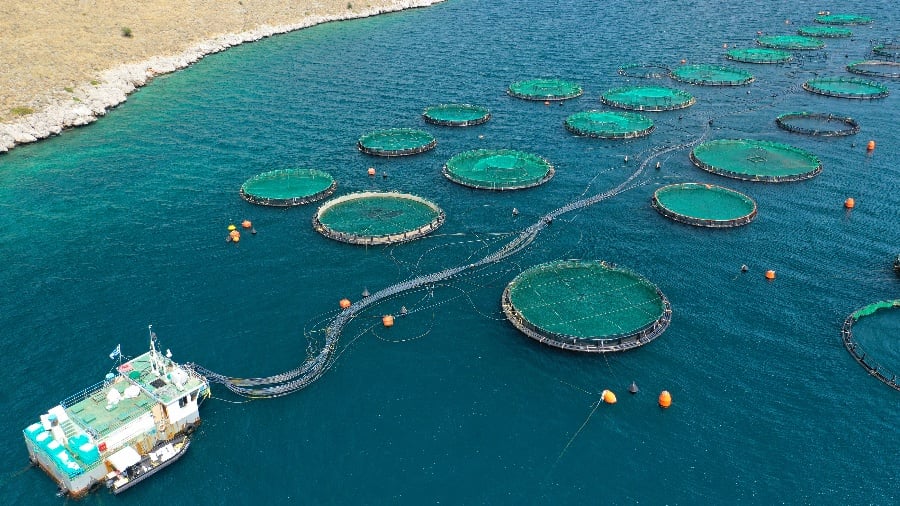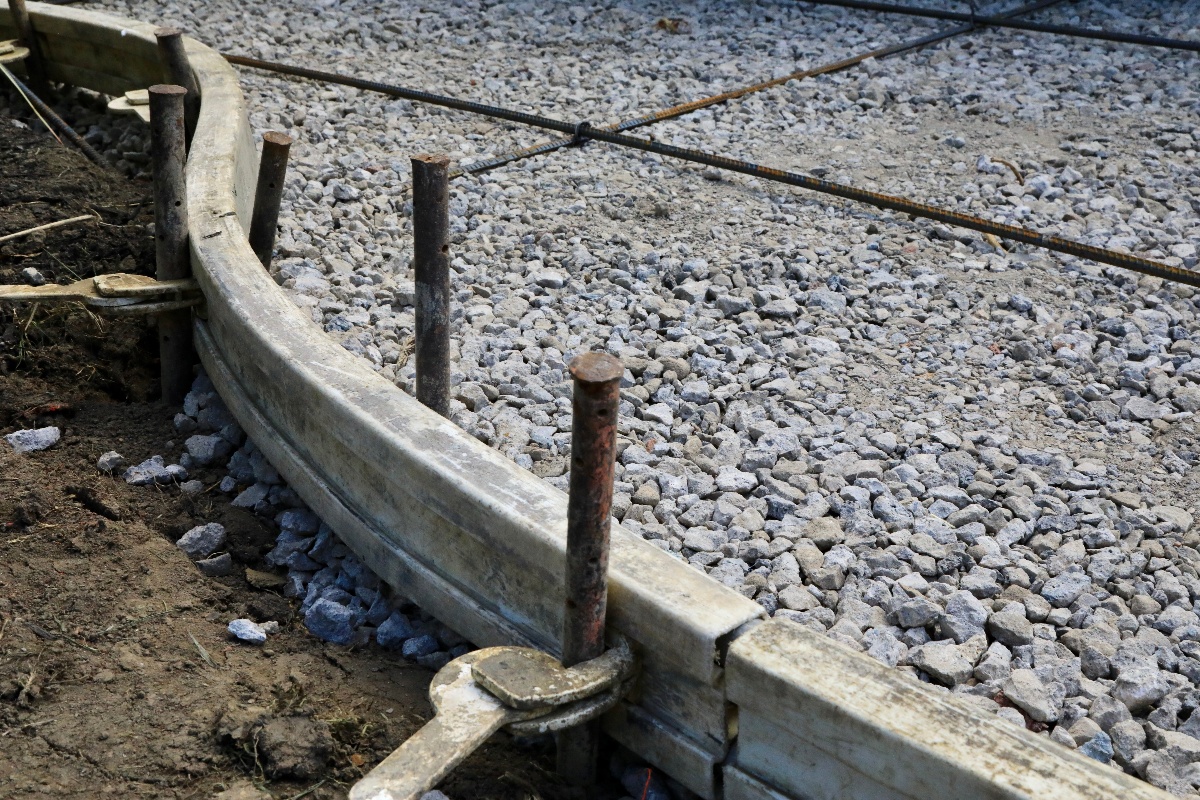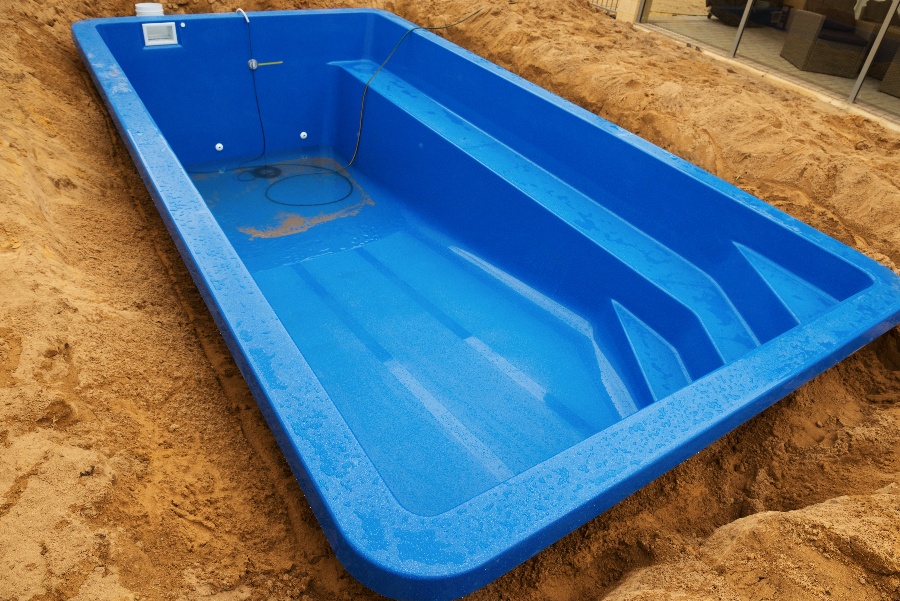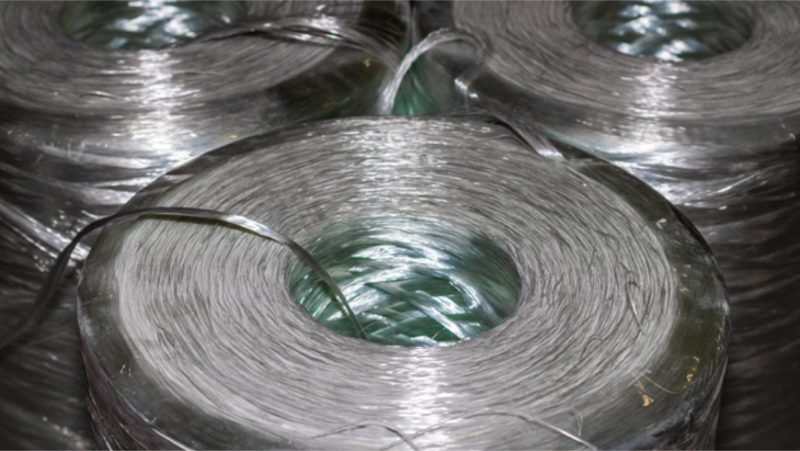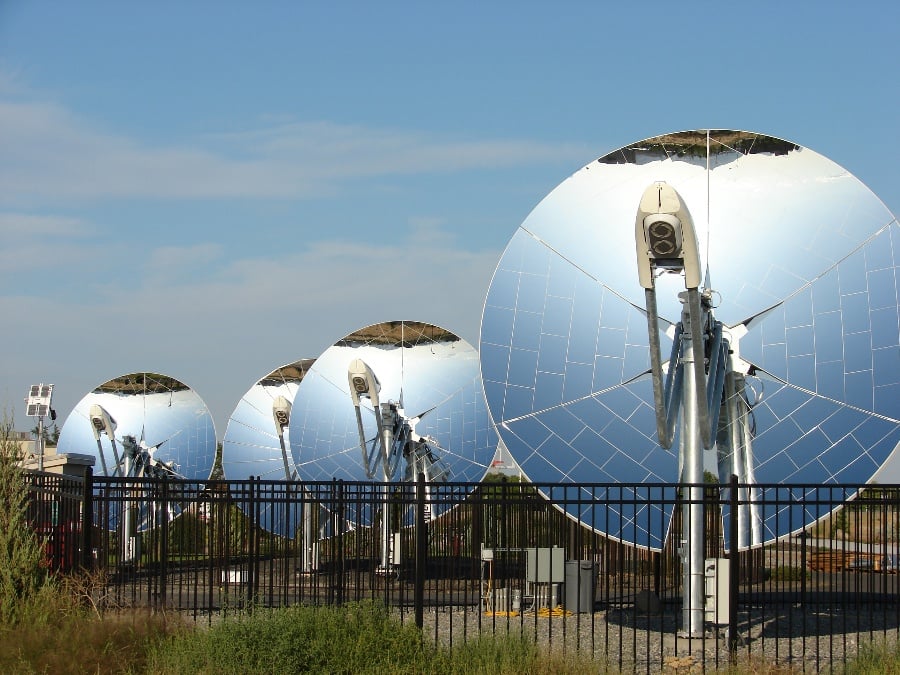
Pultrusion, a manufacturing method used to create continuous lengths of composite material, was first introduced in the 1950s. The early days of this technology were primarily focused on the utilization of thermoset resin systems, including vinyl esters, polyesters, and epoxies, as the medium for impregnating high fiber fills. These resins were chosen largely for their low viscosity, which made them suitable candidates for impregnating fibers effectively, thus providing the mechanical properties desired in the final composite material.
During this initial phase, the field of materials science had not yet developed reactive thermoplastic resins capable of matching the benefits of thermoset systems. As a result, the industry remained reliant on these traditional resin systems for several decades. Thermoset resins offered a range of benefits, including good mechanical properties and resistance to environmental degradation. However, they also came with their own set of limitations, such as difficulties in recycling and functionalization.
The landscape began to change with advancements in polymer science and the advent of reactive thermoplastic resins like nylon 6 and PMMA (polymethyl methacrylate). These new materials brought forth a paradigm shift, opening up new possibilities for the pultrusion process. Not only do thermoplastic resins come in a price range comparable to traditional thermoset resins, but they also offer advantages like ease of recycling, and potential for functionalization—features increasingly important in today's more ecologically-conscious manufacturing environment.
This transition to reactive thermoplastic resins has reinvigorated the pultrusion industry, offering new avenues for innovation and application. The development represents a significant technological leap, positioning pultrusion as a more versatile and sustainable manufacturing process that aligns well with contemporary industrial needs.
Advantages of Thermoplastic Pultrusion
One of the paramount benefits of using reactive in situ thermoplastic pultrusion is the enhanced recyclability of the produced components. Unlike thermoset composites, thermoplastic composites can be melted and reformed, thereby simplifying the recycling process and reducing waste. This characteristic is vital in today's global emphasis on sustainable manufacturing practices. Wilhelm's research at the Fraunhofer Institute highlighted the ease of recycling these thermoplastic composites. In a world where manufacturers are under increasing pressure to demonstrate the recyclability of their materials, this aspect presents a significant advantage for the adoption of thermoplastic pultrusion processes.
Thermoplastic pultrusion not only offers enhanced recyclability but also expands opportunities for the functionalization of pultruded parts. According to Michael Wilhelm, thermoplastic pultrusion allows for efficient thermoforming or overmolding, enabling further modification and customization of the parts post-production. This aspect is not readily achievable with thermoset composites, presenting thermoplastic pultrusion as a more versatile and adaptive manufacturing option. The possibility of integrating additional functionalities into the composite parts opens up new avenues for innovation in various application domains.
Further emphasizing the versatility of thermoplastic pultrusion is the capability for thermoforming or overmolding. Thermoplastic composites can be heated and reshaped or co-molded with other materials, offering a robust material connection. This property significantly broadens the range of applications and designs achievable with pultruded composites.
Unlike thermoset profiles, thermoplastic profiles can be seamlessly integrated with other materials, providing local reinforcement and eliminating the need for extensive, time-consuming processes associated with reinforcing tapes. This capability not only enhances the performance and functionality of the final product but also contributes to cost and time efficiencies in the manufacturing process.
Production Process
Michael Wilhelm and his team at the Fraunhofer Institute for Chemical Technology ICT developed a unique process for producing thermoplastic pultrusions. The method involves impregnation of pre-heated fibers and the polymerization of the matrix within a heated die block. This approach allows for both the impregnation and polymerization to occur concurrently, optimizing the production process.
One of the notable benefits of Wilhelm’s team's process is the exceptionally low viscosity of the monomer used, which aids in producing a composite with a high fiber volume content and superior adherence between the fibers and the matrix. The team also highlighted the adjustability of the resin’s reactivity by manipulating the amounts of activator and catalyst used. This ability to control polymerization speed allows for flexibility and adaptability in the production process.
For producing thermoplastic profiles using the developed process, similar equipment to traditional pultrusion is used, with additional needs for a pre-heating and drying unit and a metering and mixing machine. These additional units ensure the effective processing of thermoplastic resins, contributing to the production of high-quality composite profiles.
Challenges and Solutions
Despite the promising advancements, Wilhelm’s team encountered challenges, particularly concerning the interaction of caprolactam, the monomer of nylon 6, with moisture. This interaction could negatively affect the properties and performance of the resulting composite profiles, posing a significant obstacle in the development of the process.
To mitigate the challenges faced, the team employed special matrix formulations and adept handling methods. These strategies were designed to minimize the impact of moisture on the caprolactam, ensuring the integrity and effectiveness of the nylon 6 in the composite profiles. Furthermore, the team addressed the limited availability of the special sizing required for optimal adhesion of the thermoplastic matrix to the fiber by experimenting with and adapting available materials to meet the needs of the process.
Comparison of Thermoplastic and Thermoset Profiles
Wilhelm and his team conducted an extensive comparison of thermoplastic and thermoset profiles, focusing on those made with nylon 6 and Elium® resin from Arkema. Their findings highlighted that profiles based on reactive thermoplastics were generally comparable to, or in some cases, slightly superior to their thermoset counterparts. These results underline the potential of using reactive thermoplastics for creating robust and high-performance pultruded profiles, adding to the appeal of the thermoplastic pultrusion process.
While the researchers' findings showcase the promise of thermoplastic profiles, Wilhelm emphasizes the importance of considering the specific use case when choosing between thermoplastics and thermosets. Different applications have unique requirements, and while thermoplastic profiles exhibit significant benefits, they may not be suitable for all scenarios. The research underscores the necessity for a detailed evaluation to ensure the selected material meets the demands of the intended application, ensuring optimal performance and longevity.
Focus on Recyclability
Recyclability stood as a crucial aspect of Wilhelm’s team’s research. They conducted in-depth studies to explore different recycling routes and formulations that would retain good mechanical properties compared to virgin materials. This research aligns with the global push towards enhanced sustainability in manufacturing, focusing on ensuring the produced composite profiles do not contribute to the growing environmental issues related to waste and non-recyclable materials.
The team's studies on mechanical recycling involved the shredding of the profiles and the use of injection molding for recycling. They found that parts made with recycled materials retained nearly similar properties as those made with virgin materials, with variations depending on the amount of recycled material used. This finding reaffirms the potential of thermoplastic profiles for contributing to sustainable manufacturing, as the recycled components maintain substantial utility and performance.
Moreover, the team is also exploring the properties of nylon 6 obtained from chemical recycling. This further investigation highlights the researchers’ commitment to understanding and optimizing the recyclability of thermoplastic profiles, ensuring they provide a genuinely sustainable and environmentally friendly option for various industries and applications.
The insights and methodologies provided by this research could guide manufacturers in aligning their production processes with the growing demands for eco-friendly practices and products.




